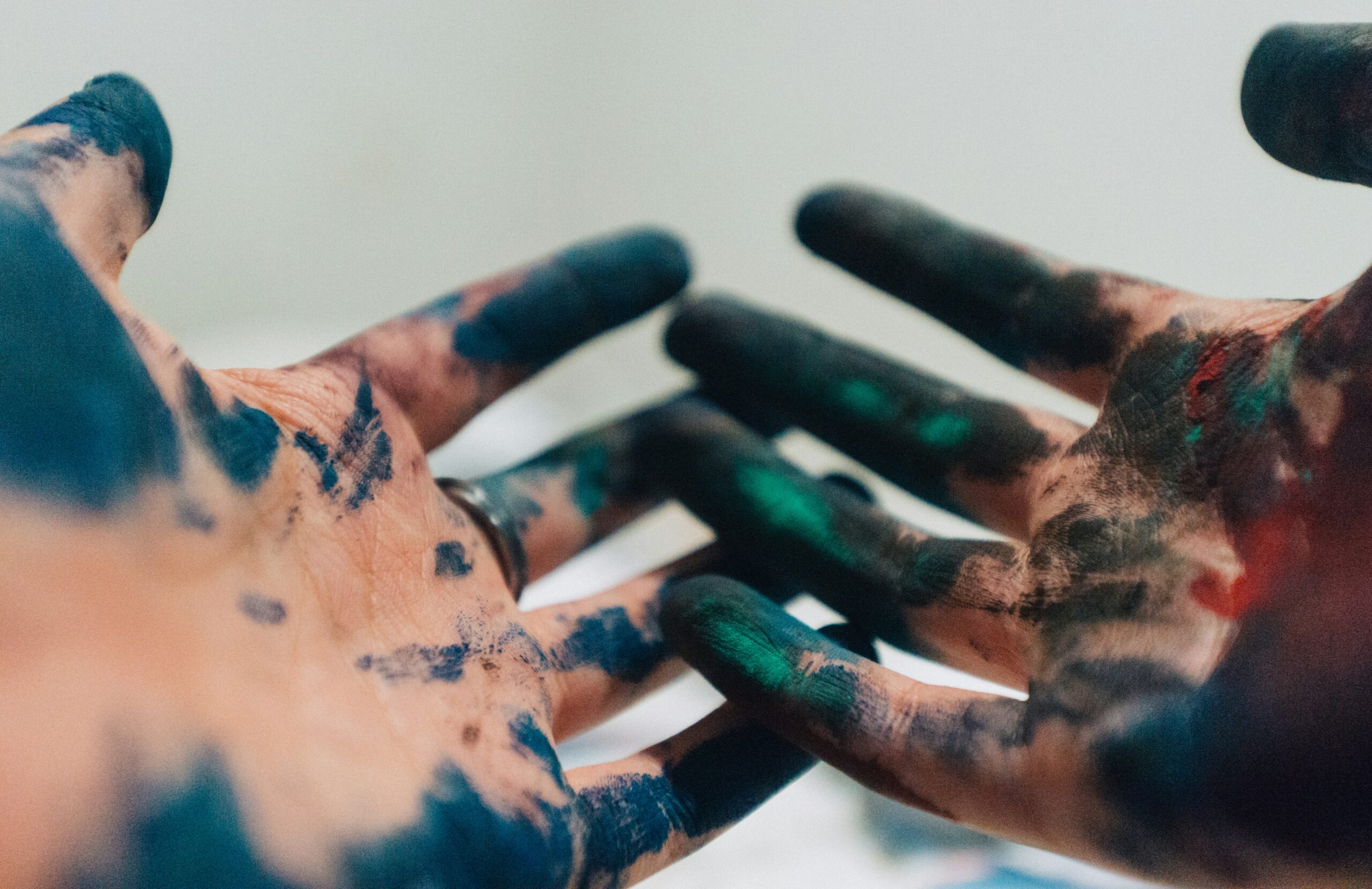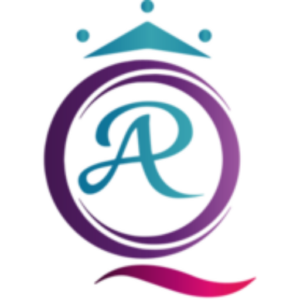
AI vs. Human Creativity: Can Machines Think Like Us?
Understanding Creativity: A Human Perspective
Creativity, a fundamental aspect of human experience, often eludes a singular definition, as it manifests diversely across various fields such as art, music, science, and literature. It can be described as the ability to generate novel and valuable ideas or artifacts, revealing the interplay between imagination and emotion. Theories of creativity propose that it integrates several cognitive processes, including divergent thinking, which encourages the exploration of multiple solutions to a problem rather than seeking a single correct answer.
Psychological studies on creativity emphasize the importance of emotional intelligence in this creative process. This ability allows individuals to recognize and manage their own emotions while empathizing with others, facilitating richer creative expression. For example, many artists and musicians draw upon intense emotional experiences to inspire their work, resulting in creations that resonate deeply with audiences. In contrast, scientific innovation often stems from collaborative efforts and the integration of diverse perspectives, highlighting how social contexts influence creativity.
Furthermore, creativity is shaped by personal experiences and cultural backgrounds. While some individuals may possess innate talent, much of creative ability is acquired through learning and practice. The distinction between learned skills and innate talent is crucial; often, creativity flourishes when individuals build upon their foundational knowledge in a specific domain. Exposure to different cultures can also expand one’s creative boundaries, providing new frameworks through which to process ideas and emotions.
In contemplating the essence of human creativity, it becomes clear that it encompasses a rich tapestry of cognitive mechanisms, emotional depth, and cultural influences, setting human creative thought apart from machine-generated outputs. The intricate relationship between personal experiences, societal contexts, and cognitive processes uniquely defines the human capacity for creativity, continually evolving through history.
The Evolution of Artificial Intelligence in Creative Fields
Artificial intelligence has undergone significant advancements over the past few decades, particularly in its application to creative fields such as visual arts, music composition, and writing. At the core of these developments are sophisticated AI systems that utilize algorithms to produce content that not only mimics but can also challenge traditional human creativity. Notable types of AI technologies employed for creative tasks include neural networks and generative models, which have demonstrated remarkable abilities in generating original work.
Neural networks, particularly deep learning models, have made a mark in visual arts by analyzing vast datasets of existing artwork. This enables AI to identify stylistic elements and compositions, which it can then incorporate into new creations. For example, platforms like DeepArt and ArtBreeder allow users to input images and receive transformative works that reflect various artistic styles. Such innovations highlight how AI can push the boundaries of creativity and inspire new artistic expressions.
In the realm of music composition, AI has spawned tools like AIVA and OpenAI’s MuseNet, which are capable of creating original melodies and harmonies. These systems leverage machine learning techniques to study historical compositions, drawing upon patterns and structures found in a multitude of genres. Such AI-generated music not only offers insights into the mechanics of composition but also raises intriguing questions about authorship and originality in an age where machines can actively participate in artistic creation.
Writing, too, has been impacted by AI with tools such as GPT-3, which can generate coherent and contextually relevant text. These models learn from extensive examples of human writing, enabling them to craft essays, stories, and poetry that resonate with readers. However, the implications of these technologies evoke a spectrum of reactions. AI enthusiasts often celebrate the potential for these technologies to augment human creativity, while skeptics question their ability to comprehend emotion and authentic expression. This dialogue underscores the ongoing evolution of AI in creative domains, challenging our perceptions of creativity itself.
Comparative Analysis: AI Creativity vs. Human Creativity
The debate surrounding AI creativity versus human creativity presents numerous facets worth examining. One of the key distinctions between these two forms of creativity is originality. Human creativity often stems from personal experiences, emotions, and cultural backgrounds, leading to genuinely unique expressions. In contrast, AI systems primarily rely on data and algorithms to generate content. While they can produce novel outputs, these creations are frequently derivative, as they are based on patterns learned from existing material. Thus, the originality of AI-generated works often comes into question, as they may lack the intrinsic uniqueness found in human-made art.
Emotional depth is another vital aspect in evaluating creativity. Humans create artworks not only to express ideas but also to evoke emotions and resonate with audiences on a deeper level. This emotional connection arises from the subjective experiences and empathetic understanding that human creators possess. AI, however, lacks the capacity to feel or understand emotions in the same way. Consequently, AI-generated works may struggle to elicit the same emotional responses from audiences, often seeming hollow or imitative rather than truly expressive. The role of intuition in human creativity further amplifies this difference, enabling artists to make spontaneous decisions that often lead to unexpected and profound outcomes.
Additionally, contextual relevance plays a significant role in the distinction between these two creative forces. Humans can draw from a myriad of societal, cultural, and historical contexts to craft works that resonate with their audience. In contrast, AI lacks the personal experiences required to grasp the nuances of context and meaning fully. This leads to questions about whether machines can genuinely “think” or create in the same capacity as humans. The implications of these differences are profound, shaping not only future creative fields but also our understanding of artistry itself and what it means to be a creator.
The Future of Creativity: Collaboration or Competition?
The landscape of creativity is poised for significant transformation as artificial intelligence (AI) continues to advance. Rather than perceiving the relationship between humans and machines as strictly competitive, the future of creativity may be characterized by a synergistic collaboration that enhances the creative process. AI systems are increasingly being developed to assist, support, and augment human creativity, providing artists, writers, and musicians with innovative tools that can expand their creative horizons.
One of the most compelling examples of this partnership is the emergence of AI-driven platforms that facilitate the generation of artistic content. These platforms harness machine learning algorithms to analyze vast databases of existing works, enabling creators to explore new styles and generate novel ideas. Projects that blend human creativity with AI capabilities demonstrate the potential for a more inclusive and enriched creative process. For instance, AI can provide suggestions during brainstorming sessions, thereby inspiring new directions and concepts that may not have been considered initially by the human artist.
However, the integration of AI in creative industries also raises important ethical questions. Ownership and authorship of works generated through collaborative efforts between humans and machines need to be carefully considered. As AI becomes a more significant participant in the creative landscape, the traditional boundaries of creativity may blur, prompting discussions about what it means to be an author or an artist in an era where machines contribute to content creation.
Moreover, the evolving definition of creativity will necessitate a reevaluation of how society perceives both human and machine-generated works. The power of AI lies not in its ability to replace human creativity, but in its capacity to serve as a formidable tool that can empower individuals to push the limits of their imaginative expressions. In this light, the future of creativity appears to hinge on the harmonious coexistence of human intuition and machine-generated innovation, paving the way for a revolutionary artistic landscape.
Tag:human creativity

 RAQ Education London
RAQ Education London